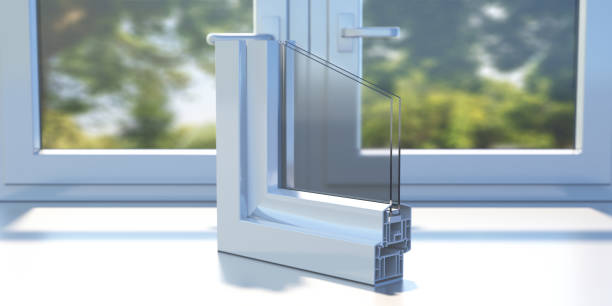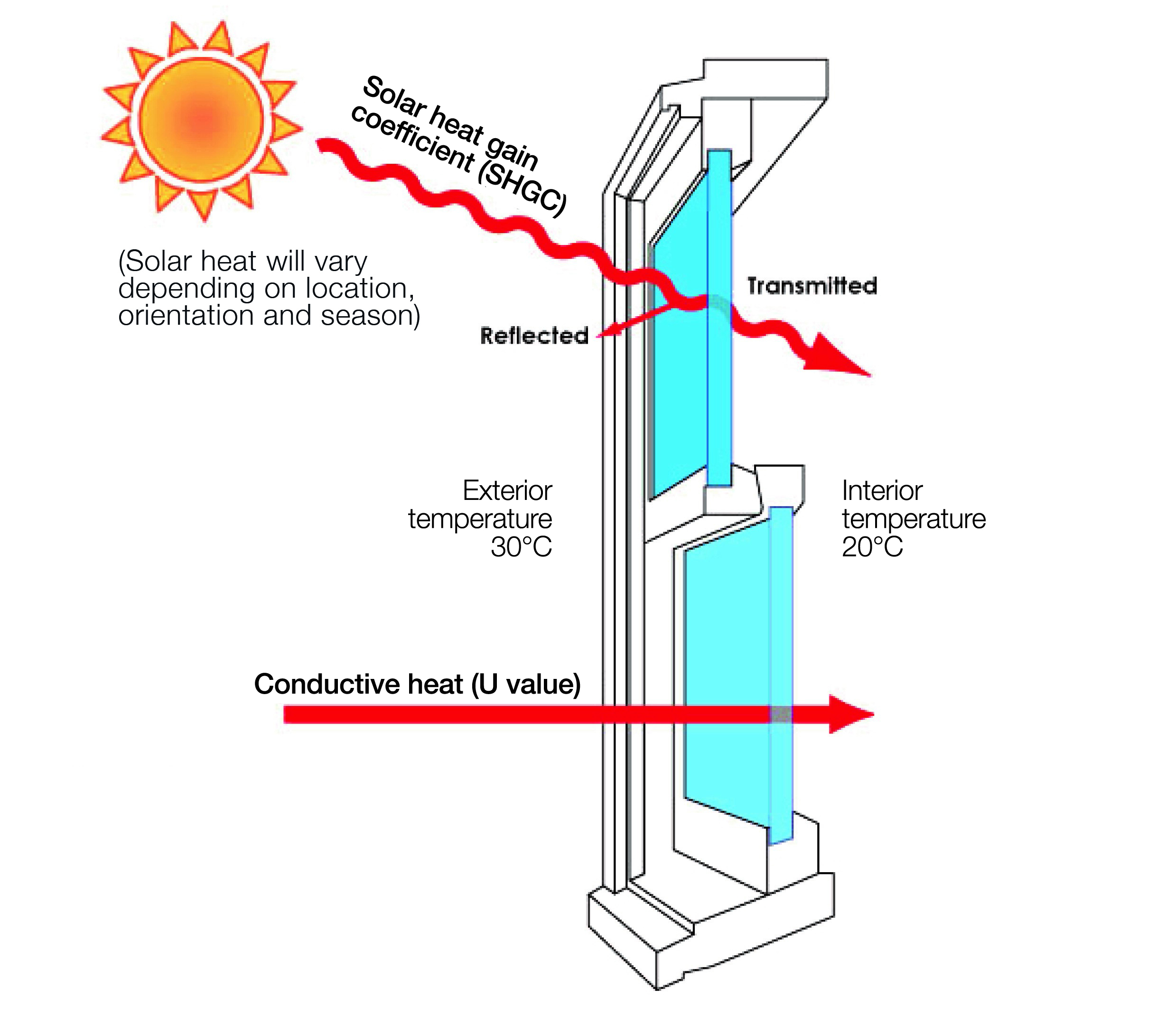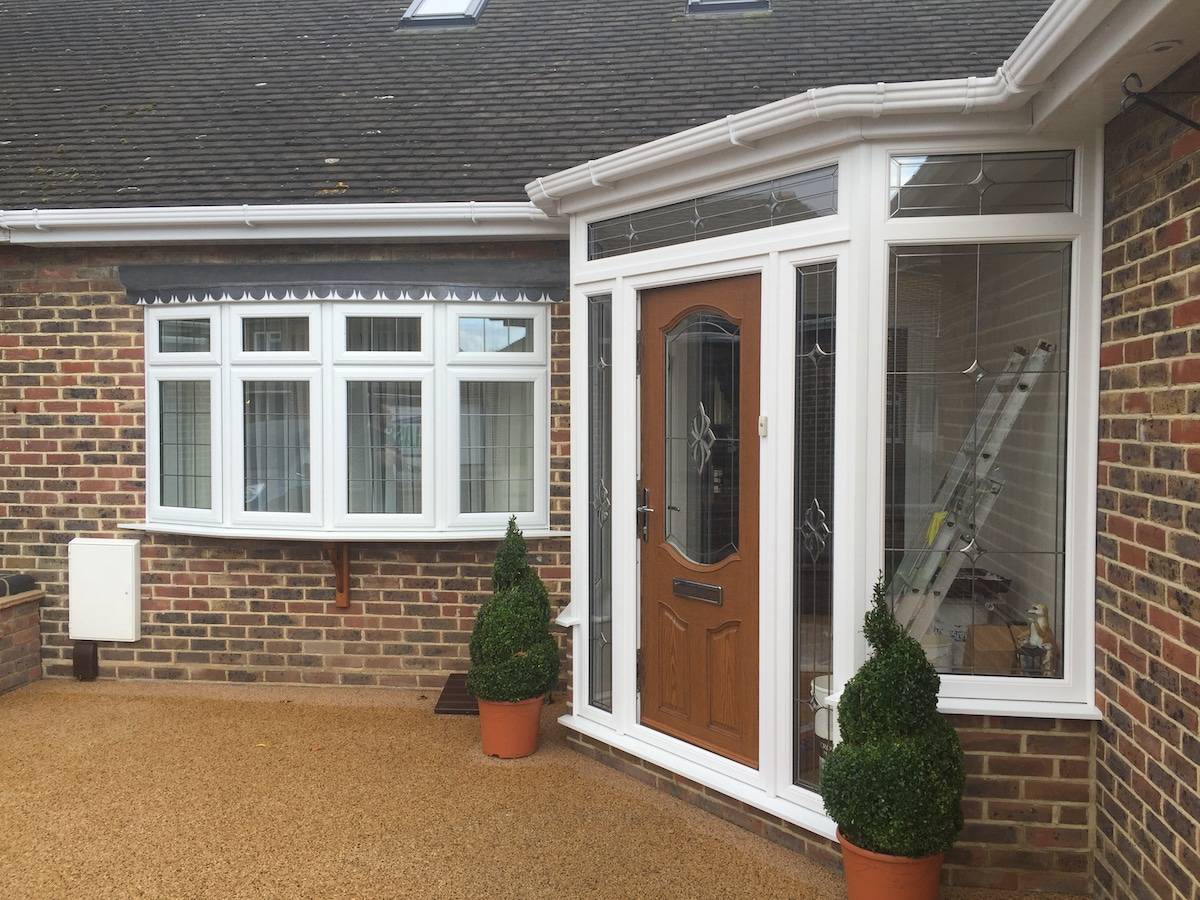All Categories
Featured
Table of Contents
Double Glazed Windows: A Complete Guide in Karrinyup WA
Glazing merely implies the windows in your house, including both openable and fixed windows, in addition to doors with glass and skylights. Glazing actually simply indicates the glass part, however it is generally used to refer to all aspects of an assembly consisting of glass, films, frames and home furnishings. Focusing on all of these elements will help you to attain efficient passive style.

Energy-efficient glazing makes your home more comfy and drastically lowers your energy costs. However, inappropriate or improperly developed glazing can be a significant source of undesirable heat gain in summer season and substantial heat loss and condensation in winter. Approximately 87% of a house's heating energy can be gotten and up to 40% lost through windows.
The Best Double Glazing Companies In Canberra in Parmelia WA
Glazing is a considerable financial investment in the quality of your house. The cost of glazing and the cost of heating and cooling your house are carefully associated. An initial financial investment in energy-efficient windows, skylights and doors can considerably minimize your annual heating & cooling bill. Energy-efficient glazing also decreases the peak heating and cooling load, which can minimize the required size of an air-conditioning system by 30%, resulting in further cost savings.

This tool compares window choices to a base level aluminium window with 3mm clear glass. Comprehending some of the key homes of glass will assist you to pick the very best glazing for your house. Secret residential or commercial properties of glass Source: Adjusted from the Australian Window Association The amount of light that goes through the glazing is referred to as noticeable light transmittance (VLT) or visible transmittance (VT).
Double Glazing Perth in Kinross Western Australia
This may lead you to turn on lights, which will lead to greater energy costs. Conduction is how readily a product carries out heat. This is understood as the U worth. The U worth for windows (expressed as Uw), explains the conduction of the entire window (glass and frame together). The lower the U value, the higher a window's resistance to heat flow and the much better its insulating worth.
If your home has 70m2 of glazing with aluminium frames and clear glass with a U value of 6. 2W/m2 C, on a winter season's night when it is 15C cooler outside compared to inside, the heat loss through the windows would be: 6. 2 15 70 = 6510W That is comparable to the total heat output of a large space gas heater or a 6.
Double Glazed Windows Melbourne - Upvc - German ... in Cannington Perth

If you choose a window with half the U value (3. 1W/m2 C) (for instance, double glazing with an argon-filled space and less-conductive frames), you can halve the heat loss: 3. 1 15 70 = 3255W The solar heat gain coefficient (SHGC) for windows (expressed as SHGCw) measures how easily heat from direct sunshine flows through a whole window (glass and frame together).
The lower a window's SHGC, the less solar heat it sends to the house interior. The actual SHGC for windows is impacted by the angle that solar radiation strikes the glass.
4 Benefits Of Double Glazed Windows In The Summer in Cooloongu Perth
When the sun is perpendicular (at 90) to the glass, it has an angle of incidence of 0 and the window will experience the maximum possible solar heat gain. The SHGC declared by glazing makers is constantly determined as having a 0 angle of occurrence. As the angle increases, more solar radiation is shown, and less is sent.
Table of Contents
Latest Posts
Energy Efficient Windows At Everest in Lakes Perth
Single Vs Double Vs Triple - Which Window Is Right For Your ... in South Fremantle Western Australia
How Are Double Glazed Windows More Energy Efficient? in Safety Bay Western Australia
More
Latest Posts
Energy Efficient Windows At Everest in Lakes Perth
Single Vs Double Vs Triple - Which Window Is Right For Your ... in South Fremantle Western Australia
How Are Double Glazed Windows More Energy Efficient? in Safety Bay Western Australia